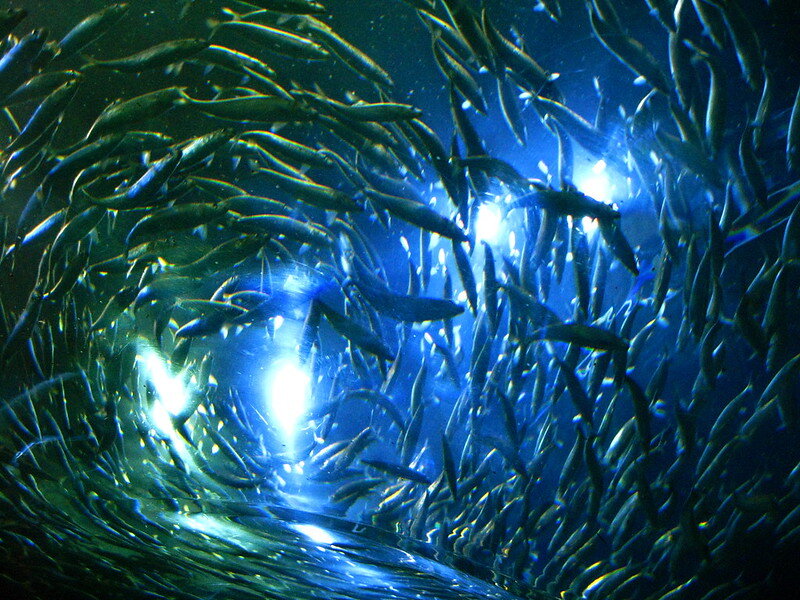The Fish Bowl of the Mind
Photo by Ewar Woowar
Take a school of fish in a fish tank, then place that tank in a larger container of water. If you were to to then remove the smaller tank so that the fish would no longer have any obstacle to expanding their territory, you would witness something about the Nature of the Mind. The fish continue to swim in their familiar bounds, even when there is no glass keeping them in. They don’t know there isn’t a glass wall anymore, so all they have is their past experiences.
Stick with the observation, and you might then witness something about the Nature of Change.
The fish swim in the familiar, but then some accidental movement or sudden reaction to another fish pushes them into what would have been the glass. Instead of a collision with a familiar barrier, they find something new. The fish takes a few strokes in the new zone, and then returns to the familiar. After a bit, the fish will test the new zone again until it becomes normal. Other fish might witness this, and, in due time, the school of fish begins to expand its area.
Like this, the school expands until the old pattern is completely broken. Little by little. The new becomes the norm.
It seems that the Art of Living has a lot to do with the right balance of chaos and control. Too much of either is… well, too much. Our brain organs are made to create a personal fish tank for us to make sense of the vast ocean of unpredictability and uncontrollability that we call life. The fish tank is based on old patterns. We learned along the way that some things work and some don’t; some cause pleasure and some pain; some are too chaotic and some too controlled. These experiences become rules for living, which become habits, which become identities, which affect our perception. And then we are walking through life in a fish tank: a way that I am in the world and I understand the world.
The fish tank keeps things predictable enough, which keeps us safe enough. We have an innate desire to expand and grow, but in order to grow we have to be alive. So, the one rule that overrides all other impulses in the nervous system is this: Don’t Die. If anything is a potential threat, it will turn on some degree of the don’t die part of the nervous system (the fight, flight, freeze part.)
You may notice that the fish in the first scenario don’t charge headfirst into the unknown as soon as they realize there wasn’t any resistance. They feel the freedom, come back to the normal, and then test it again. They expand their own sense of container in a way and at a pace that they can return to swimming around with others, eating, resting and living a good fishy life.
In order to let growth happen and in order to not trigger the don’t die reaction pattern of the nervous system, the fish seem to advise that we take change in manageable enough pieces, enjoy that we get something new that feels neutral or pleasant, and then know that we can go back to the familiar if we want to.
There are always impulses in you that are like the just-the-right-amount-of-chaotic (i.e. new) movements of those fish: testing the barriers of your fish tank. Your being wants to grow. Choose to notice and encourage the parts of you that are trying to prove that you don’t need that same fish tank anymore. And choose the ones that are doing it at a pace and in a way that seems wholesome and manageable enough.
What else are the fish trying to teach us? That’s, of course, for you to decide.
If you would like to sign up for email notifications of new blog posts, please click here.

